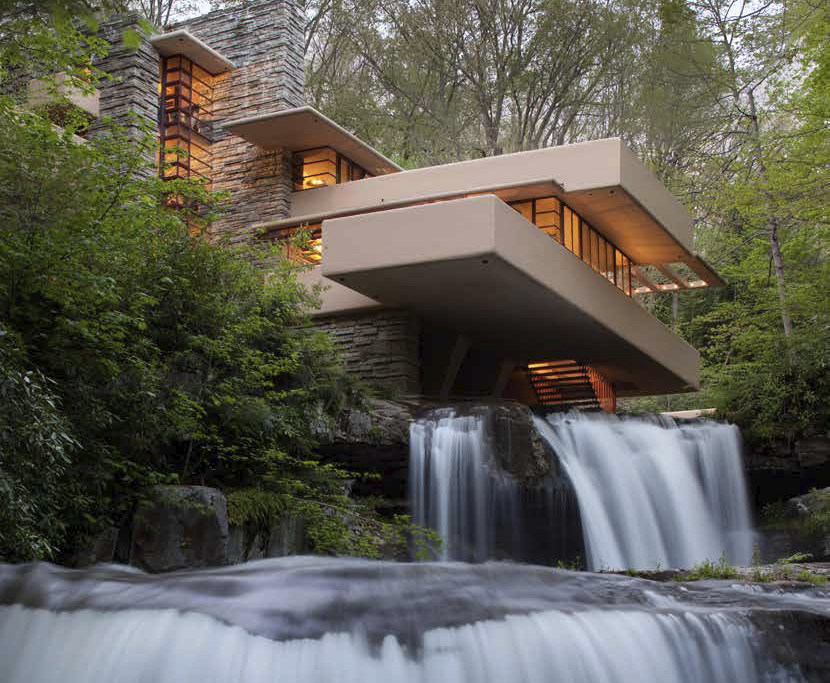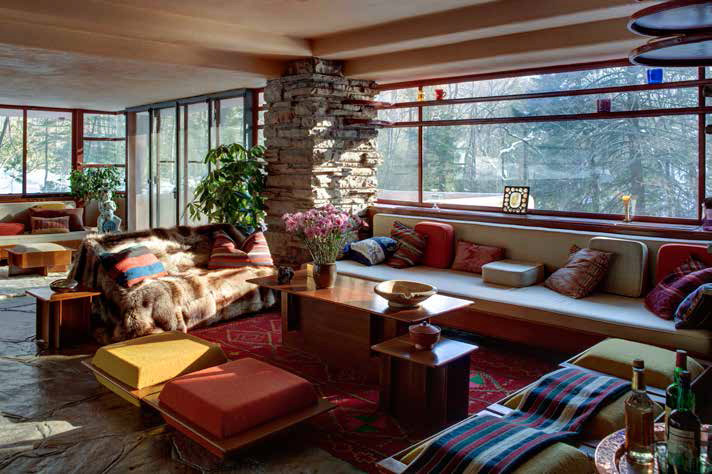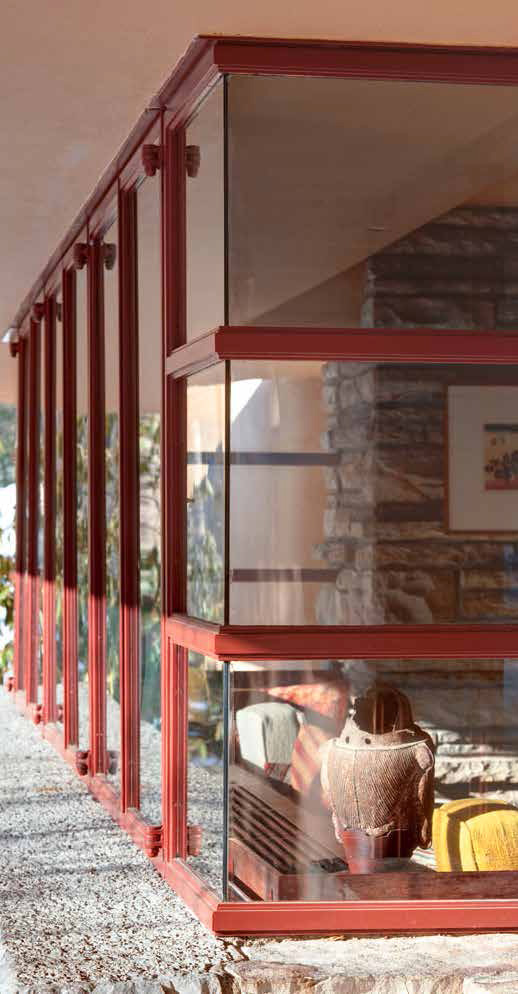Advanced Interlayer Solutions Division Projects Fallingwater
ADVANCED INTERLAYER SOLUTIONS



Designed by Frank Lloyd Wright (1867-1959), arguably America's foremost architect, Fallingwater became a sensation almost overnight. Featured on the cover of 'Time' magazine in 1938 it has since become a National Historic Landmark in the USA. Its age defying aesthetics, both internally and externally, have recently been enhanced thanks to the use of SentryGlas® ionoplast interlayers deployed in recently installed replacement glazing.
Built for the Kaufmann family, the house was constructed between 1936 and 1939. Its unique design and setting – over a 9.1 m (30 ft) waterfall – gives viewers the impression that it doesn’t appear to stand on solid ground; instead it stretches out over the waterfall giving the illusion of floating in air. Frank Lloyd Wright's reasoning for this approach was that he wanted the family to live with the waterfalls, to make them part of their everyday life, and not just to look at them now and then.
Since its original construction in the 30s, the building has been the subject of numerous renovation projects, including a major effort in the 1980s where the entire house was conserved for water and UV damage. However, the replacement glazing panels, which incorporated a PVB interlayer, are starting to show their age already, with clouding, water ingress and delamination. As a result of this the Western Pennsylvania Conservancy started to research alternative replacement panels and its investigations all pointed in one direction – laminated panels incorporating SentryGlas®.
According to Lynda S. Waggoner, Director of Fallingwater and Vice President of the Western Pennsylvania Conservancy and Scott W. Perkins, Director of Preservation: "We wanted to get as close as we could to the original 6.4 mm (1/4 in) plate glass, but we had concerns regarding color and clarity; we definitely did not want any tinting or diffusion. This desire had to be countered with the need to protect the interior wood and textiles from further UV damage.
"We started our research in 2008 by undertaking comparisons between glass with films and glass with interlayers," Waggoner explains, "but we soon realized that films had a huge impact on the color and clarity, giving us green and grey tints. In addition we saw a risk of bubbles and peeling at the edges. It was soon clear to us that the best approach would be to use an interlayer, which also meant that the maintenance and housekeeping staff could treat the new panels as they would monolithic glass panels – without the worry of damaging any sensitive films with scratches or chemicals."
When it came down to the choice of interlayers, the performance of PVB in the earlier re-glazing exercise meant that an alternative was being sought and SentryGlas® soon became the clear winner thanks to outperforming PVB in all tests.
Application
Region
Interlayer
Architect
Laminator
Glazing Contractor


